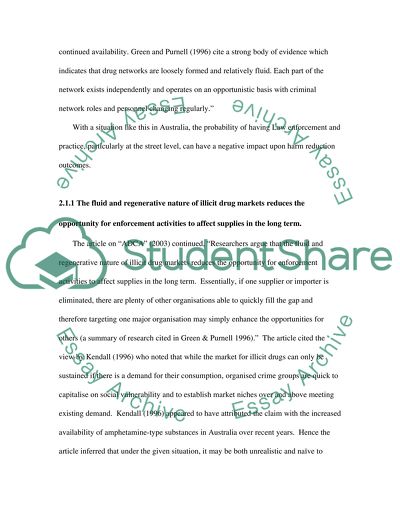Cite this document
(“Identify and Critically Analyze the Relationship Between Law Essay”, n.d.)
Retrieved from https://studentshare.org/law/1537926-identify-and-critically-analyze-the-relationship-between-law-enforcement-and-harm-reduction-aims
Retrieved from https://studentshare.org/law/1537926-identify-and-critically-analyze-the-relationship-between-law-enforcement-and-harm-reduction-aims
(Identify and Critically Analyze the Relationship Between Law Essay)
https://studentshare.org/law/1537926-identify-and-critically-analyze-the-relationship-between-law-enforcement-and-harm-reduction-aims.
https://studentshare.org/law/1537926-identify-and-critically-analyze-the-relationship-between-law-enforcement-and-harm-reduction-aims.
“Identify and Critically Analyze the Relationship Between Law Essay”, n.d. https://studentshare.org/law/1537926-identify-and-critically-analyze-the-relationship-between-law-enforcement-and-harm-reduction-aims.


